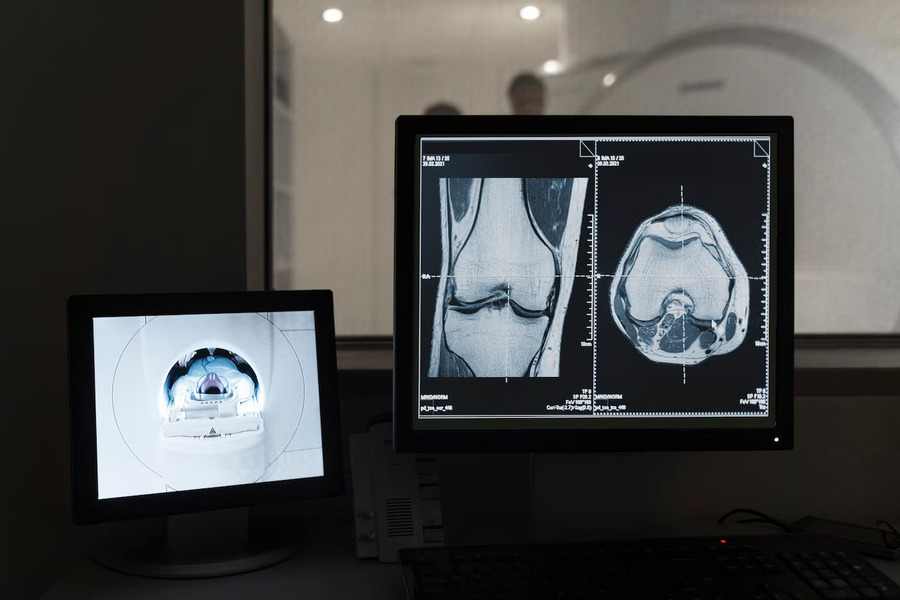Diagnostic services and radiology play a crucial role in modern healthcare, providing essential tools for diagnosing, monitoring, and treating various medical conditions. This article explores the diverse range of diagnostic services available, with a focus on radiology and its impact on patient care.

Types of Diagnostic Services
Diagnostic services encompass a wide array of medical tests and procedures, including:
- Pathology: Examinations of blood, urine, and tissue samples to detect diseases and abnormalities.
- Diagnostic Imaging: Various imaging techniques to visualize internal body structures.
- Other Diagnostic Tests: Procedures such as electrocardiography (ECG), sleep studies, audiograms, and spirometry.
Radiology: A Cornerstone of Diagnostic Services
- Radiology is a branch of medicine that uses imaging technology to diagnose and treat diseases. It can be divided into two main areas:
- Diagnostic Radiology: Helps healthcare providers visualize structures inside the body to diagnose conditions, monitor treatment responses, and screen for diseases.
Interventional Radiology: Uses imaging techniques to guide minimally invasive procedures for diagnosis and treatment.
Common Imaging Techniques in Radiology
- X-rays
- Computed Tomography (CT) scans
- Magnetic Resonance Imaging (MRI)
- Ultrasound
- Nuclear Medicine (including PET scans)
- Fluoroscopy
The Role of Radiologists
Radiologists are medical doctors specializing in interpreting medical images and performing image-guided procedures. They work closely with other healthcare providers to ensure accurate diagnoses and effective treatments.
Advancements in Radiology
The field of radiology continues to evolve with technological advancements:
- Development of high-resolution imaging techniques
- Integration of artificial intelligence for image analysis
- 3D printing of anatomical models for surgical planning
- Molecular imaging for personalized medicine
The Future of Diagnostic Services and Radiology
As healthcare continues to advance, diagnostic services and radiology are expected to play an increasingly important role in patient care. Emerging technologies and techniques promise to enhance diagnostic accuracy, improve treatment planning, and contribute to more personalized healthcare approaches.
Related FAQs:
1. What is the difference between diagnostic and interventional radiology?
Diagnostic radiology focuses on interpreting medical images to diagnose conditions, while interventional radiology uses imaging to guide minimally invasive procedures for both diagnosis and treatment.
2. How long does it take to become a radiologist?
Becoming a radiologist typically takes about 13 years, including undergraduate studies, medical school, residency, and often a fellowship for subspecialty training.
3. Are all diagnostic imaging procedures covered by insurance?
Coverage varies depending on the insurance plan and the specific procedure. Many diagnostic imaging services are covered, but it’s best to check with your insurance provider for details.
4. How is artificial intelligence (AI) impacting radiology?
AI is being integrated into radiology to assist with image analysis, improve diagnostic accuracy, and potentially increase efficiency in interpreting large volumes of medical images.
5. What safety precautions are taken during radiological procedures?
Safety measures include using the lowest necessary radiation dose, shielding sensitive areas, and carefully screening patients for contraindications to specific imaging techniques.
Welcome to our clinic! We offer comprehensive diagnostic services and advanced radiology techniques to provide you with accurate diagnoses and personalized care. Visit us at https://texasspecialtyclinic.com/ or call us at (469) 496-2456 to schedule an appointment. Walkins & new appointments available.
